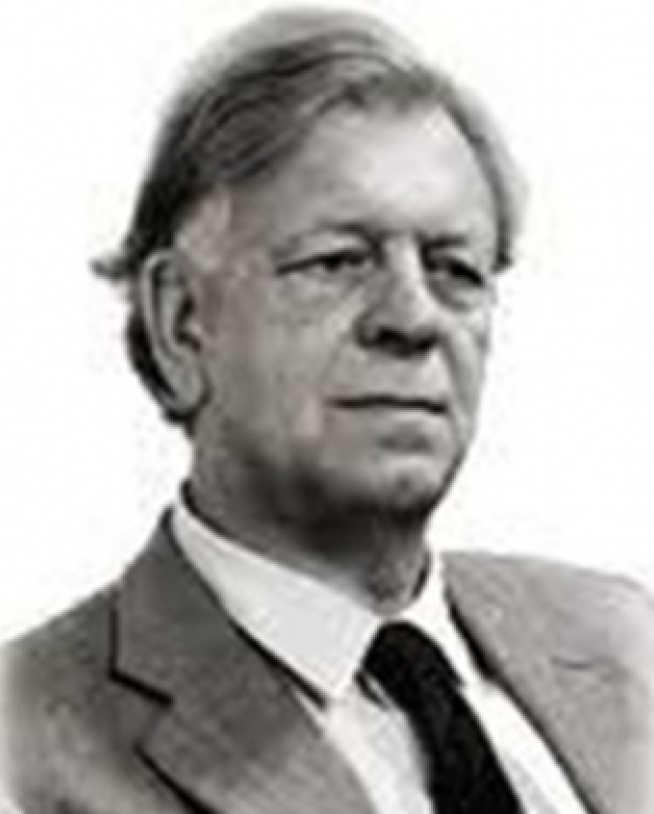Professor Sir Alec Skempton (1914-2001)

Professor Sir Alec Skempton was Professor of Soil Mechanics at Imperial from 1955 and Head of Department until he retired in 1981. He sadly passed away in 2001 leaving an immense legacy to the Department and the geotechnics research group.
Sir Alec Skempton, a scholar of international standing and one of the most important engineers of the 20th century, had a long and distinguished career in this Department as an undergraduate, postgraduate, Professor, Head of Department and Senior Research Fellow.
He began his career as a geotechnical engineer at the Building Research Station at Garston and was appointed to the College staff in 1946. During his career he was instrumental in establishing Soil Mechanics as an academic discipline and became one of its leading figures. He also made a great contribution to the field of Quaternary Geology and was widely consulted on problems involving landslips, foundations, retaining walls and embankments. Notable among these was his work on the large dam at Mangla in Pakistan and on investigating the failure which developed during construction at the Carsington Dam in Derbyshire in 1984. He was elected as the second President of the International Society for Soil Mechanics and Foundation Engineering in 1957.
His interests were very wide, encompassing active participation in engineering history, music, art, rugby and croquet. Single-minded in his devotion to his work, he inspired affection in his colleagues through his enthusiasm for the subject. He was an exacting task-master, set very high standards and was at work in the Department until shortly before his death in August 2001. He was recognised and honoured throughout the world by membership of National Academies of Science and the award of honorary doctorates: he carried all these honours lightly and modestly.
In recognition of his great achievements, the Civil Engineering Building was renamed as the Skempton Building, and this commemoration was unveiled on 30th March 2004, during the Skempton Memorial Conference. "Skem" would have been immensely touched and pleased that the building in which he spent most of his career is now named after him.


